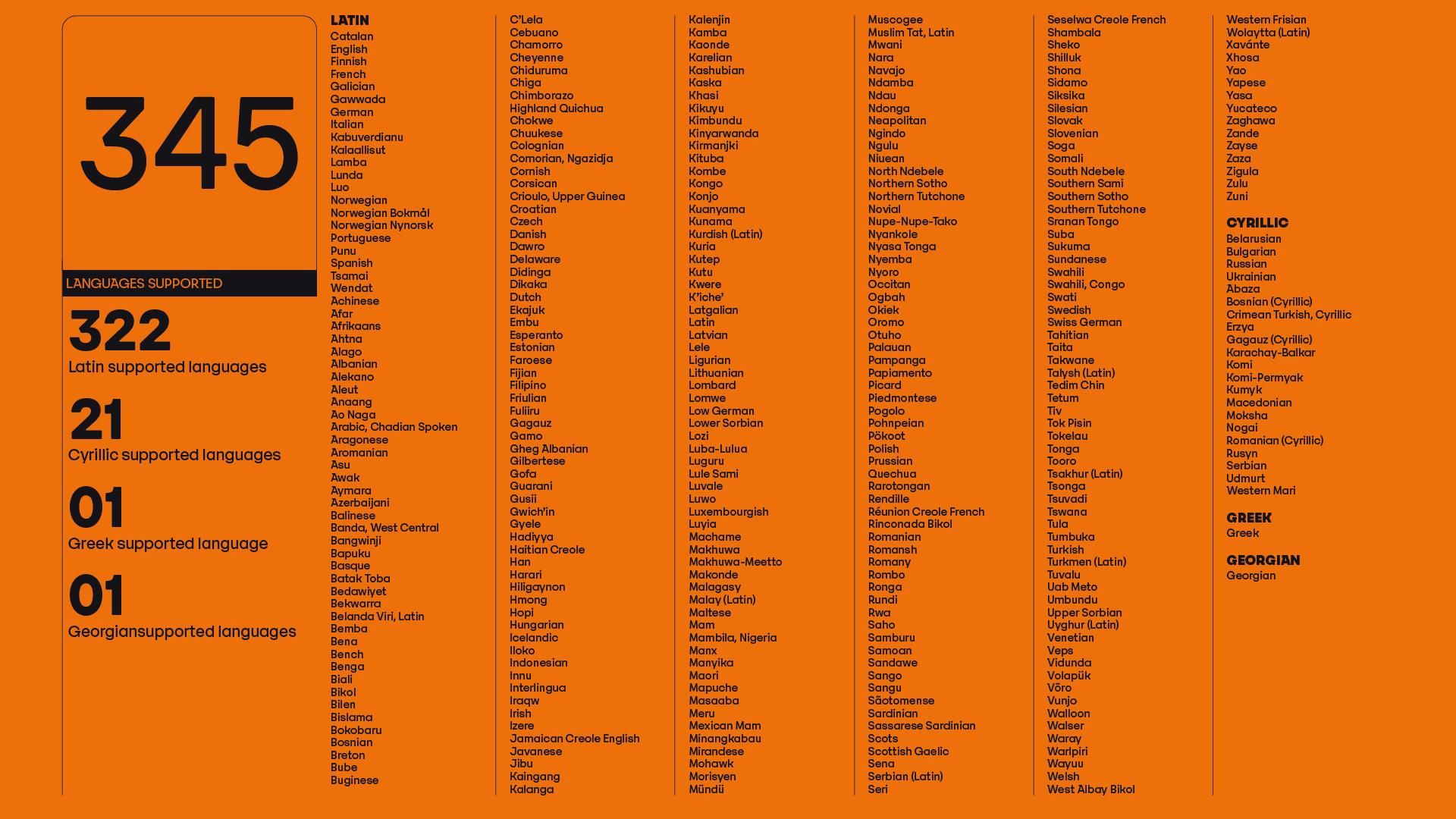
By Sebastien Hayez. Published October 15, 2025
Betsson sans
Betsson Sans: the making of a custom typeface
A major player in the online betting industry in Europe, Betsson has established itself over several decades as a reference in sports betting, but also in poker and online casino games. Present in many markets, the group is among the leaders in the sector, with a visual identity strongly marked by masculine codes: deep blue, effects of volume, drop shadows that echo the imagery of competition. This aesthetic, effective but a little dated, gave the website a functional look, sometimes judged as too raw, at the expense of subtlety and modernity.
This is precisely where the creation of a custom typeface comes in. By entrusting Blaze Type with the design of Betsson Sans, the brand chose to renew its visual language in depth: creating richer links with the universe of sport and gaming, while moving beyond the frontality of habitual codes to propose a more nuanced, international, and sustainable graphic voice.
This making-of retraces the process in four stages: concept exploration, intermediate development, technical expansion, and final presentation — with, at each step, the search for a balance between global legibility and brand distinctiveness.
Concept exploration — four directions from a common base
To initiate the project, Blaze Type proposed a creative framework built on a geometric sans-serif skeleton inspired by the great German typefaces of the 1920s. This base, embodied in Concept 01, served as the foundation. The three other concepts explored variations and corrections applied to this initial model, in order to test its flexibility and relevance for Betsson.To initiate the project, Blaze Type proposed a creative framework built on a geometric sans-serif skeleton inspired by the great German typefaces of the 1920s. This base, embodied in Concept 01, served as the foundation. The three other concepts explored variations and corrections applied to this initial model, in order to test its flexibility and relevance for Betsson.
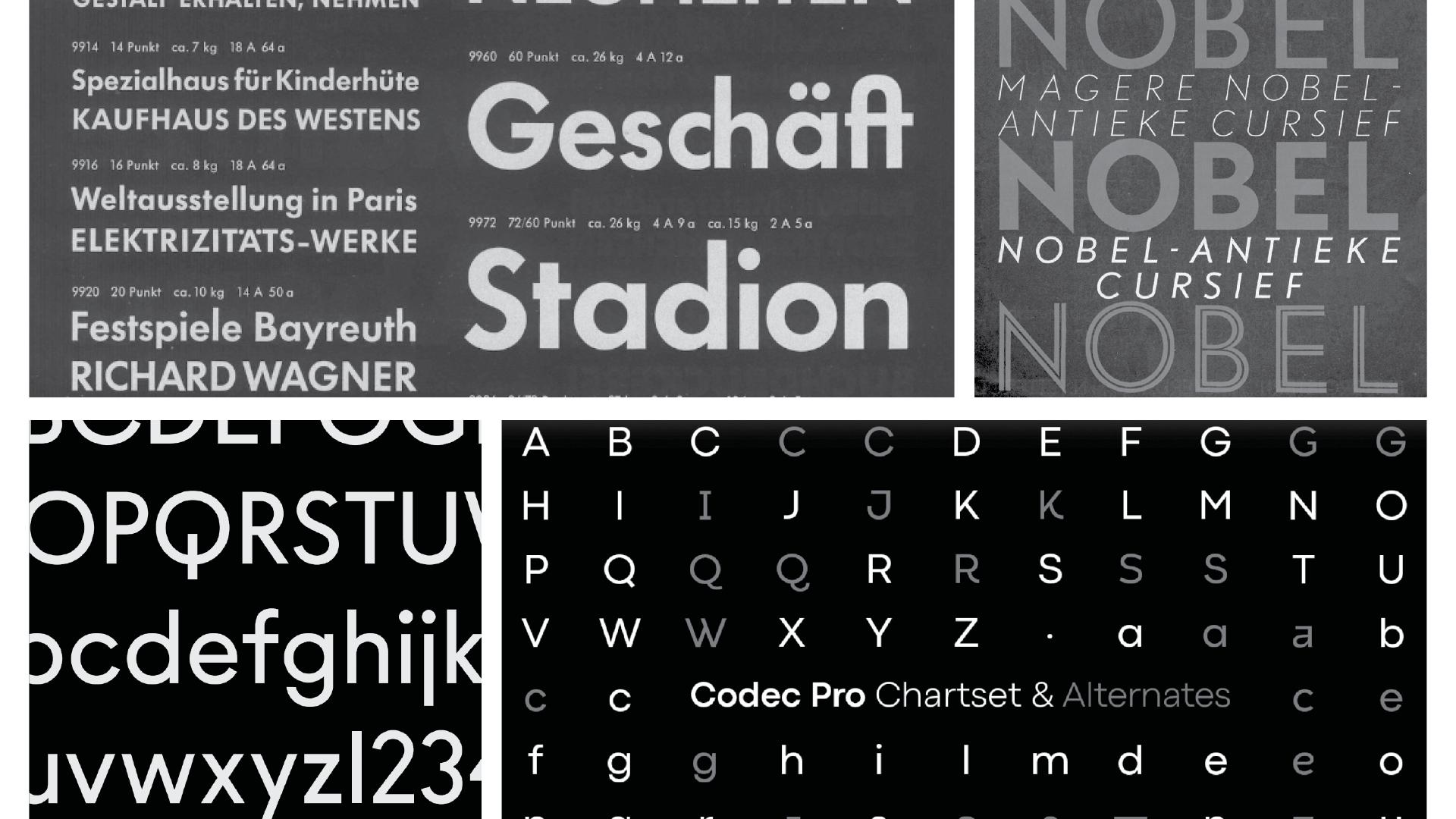
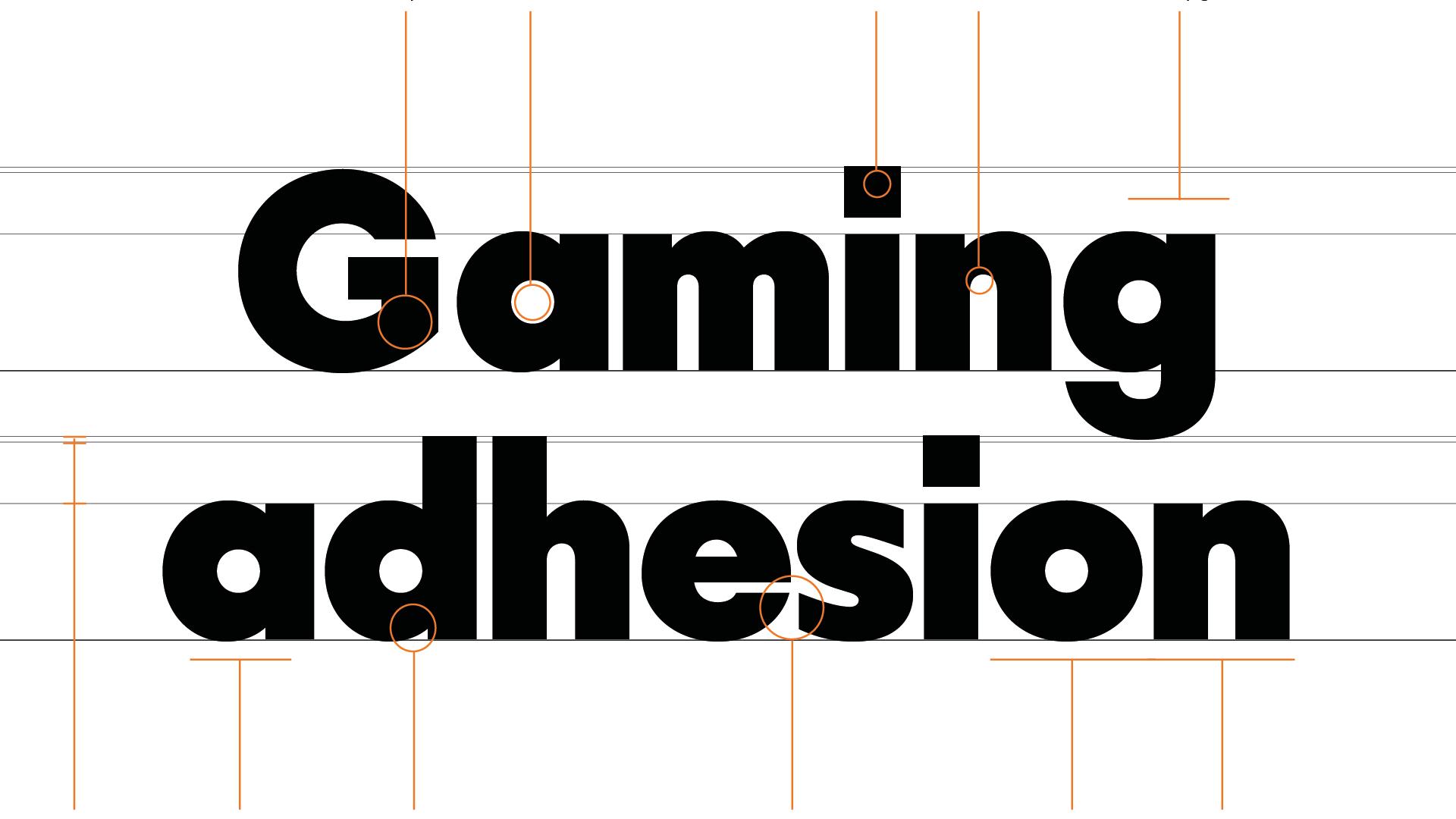
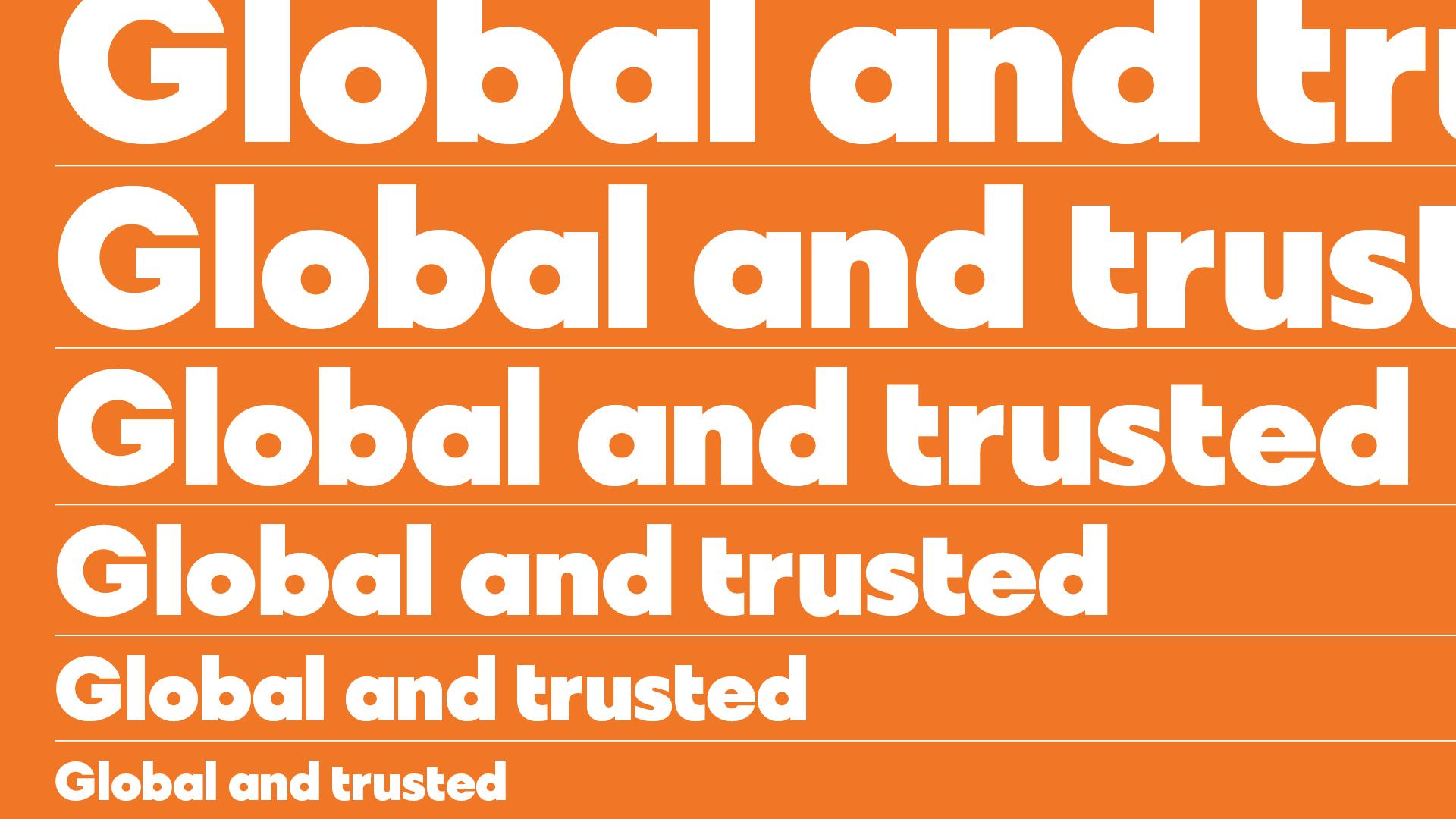
Concept 01: a very stripped-down sans serif, low x-height, mixed terminals. It was the most neutral version, robust but without much risk. It illustrates the deliberately classic base chosen by Blaze Type: a geometric sans in the German tradition of the 1920s, heir to models such as Futura or Nobel. One could call it a neo-geometric approach, close to ITC fonts of the 1970s (e.g. Avant Garde), with standard optical corrections and some expected alternates.
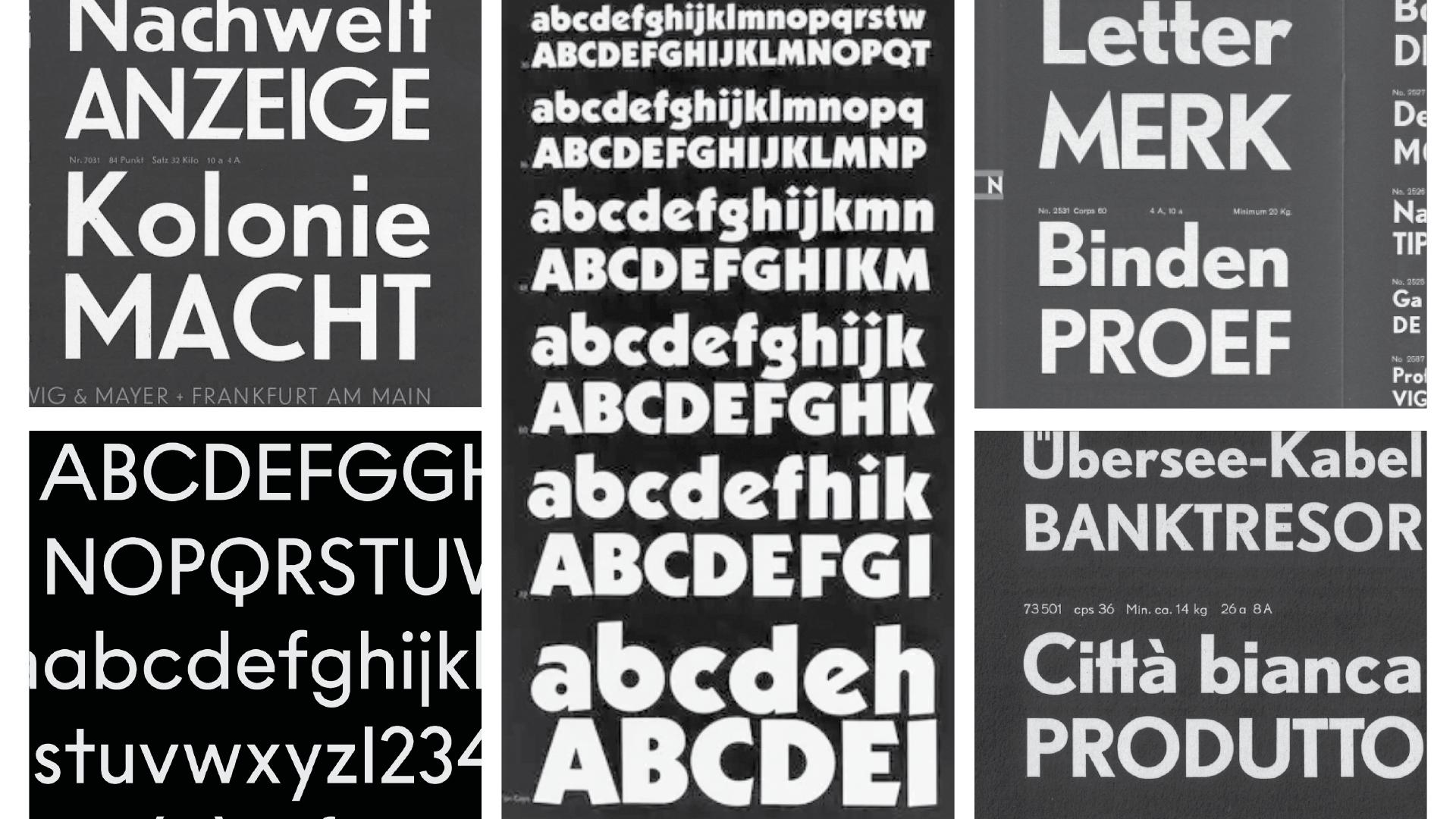
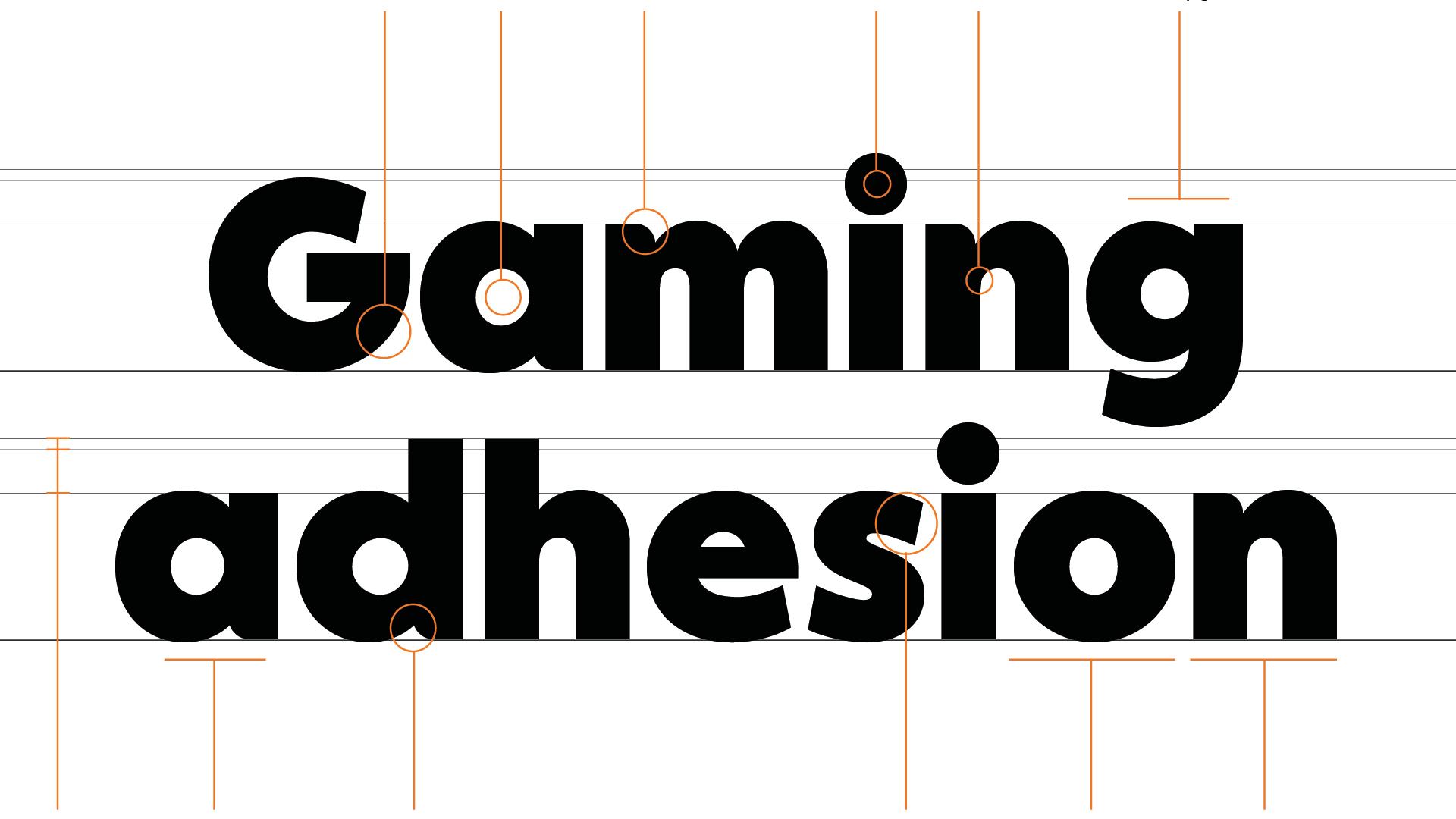
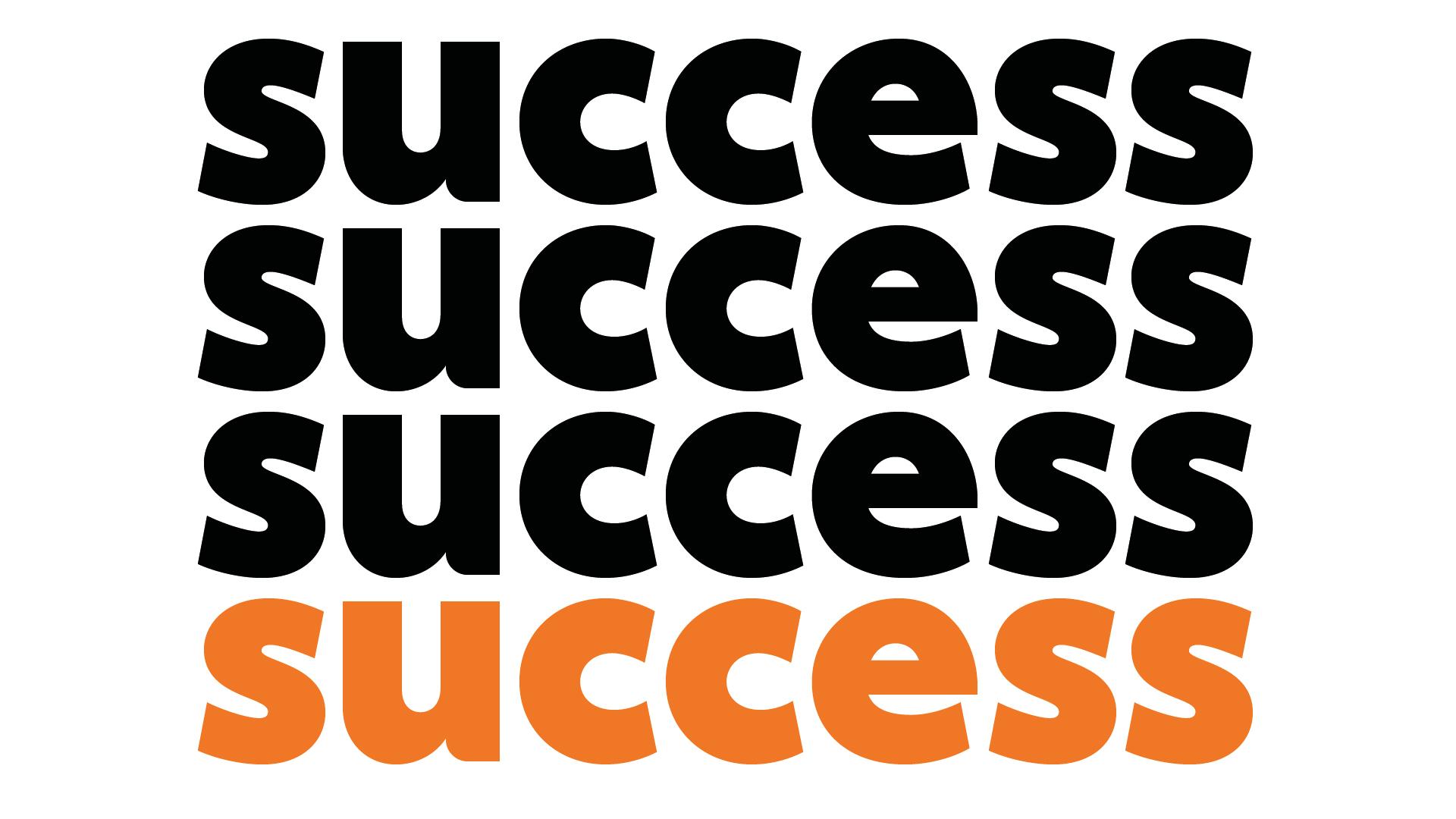
Concept 02: still anchored in the German tradition, but softened by humanist touches, closer to Kabel than to Gill Sans. Terminals cut at an angle, the axis of the e evoking handwriting, a double-storey a. Blaze Type also introduced subtle rounded endings (in the a, m, n, d, p) to add warmth in line with contemporary interfaces and rounded buttons.
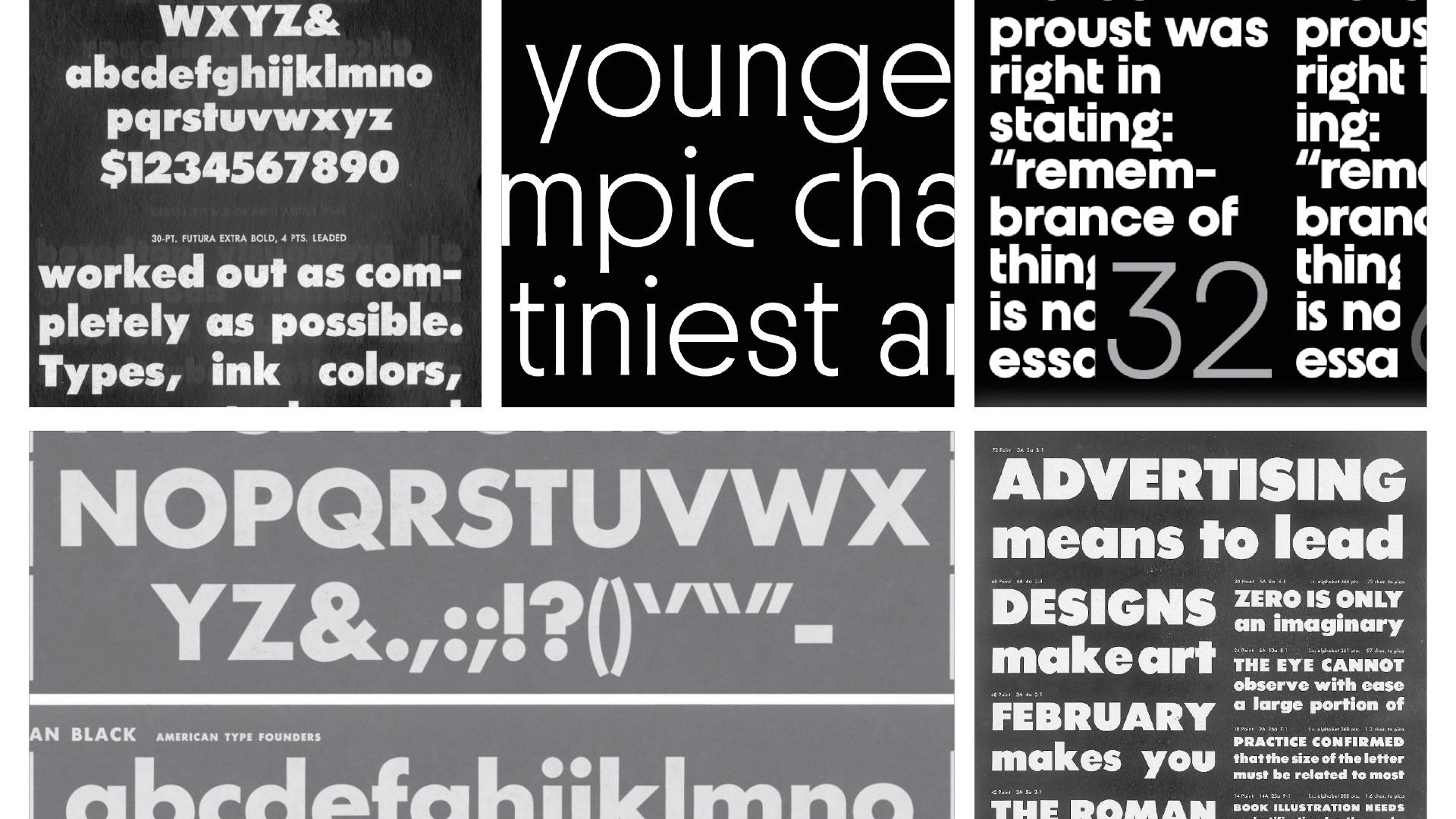
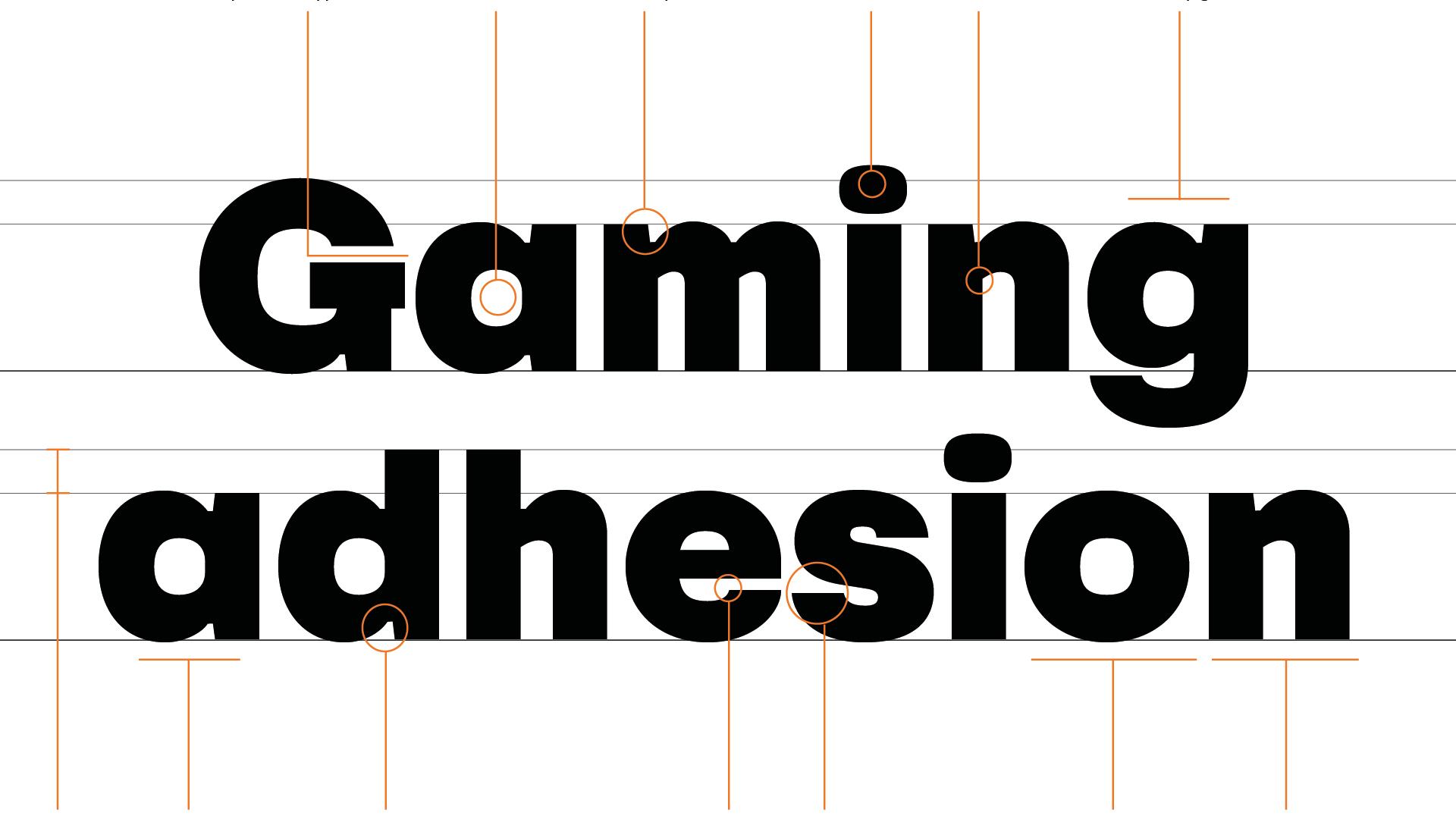
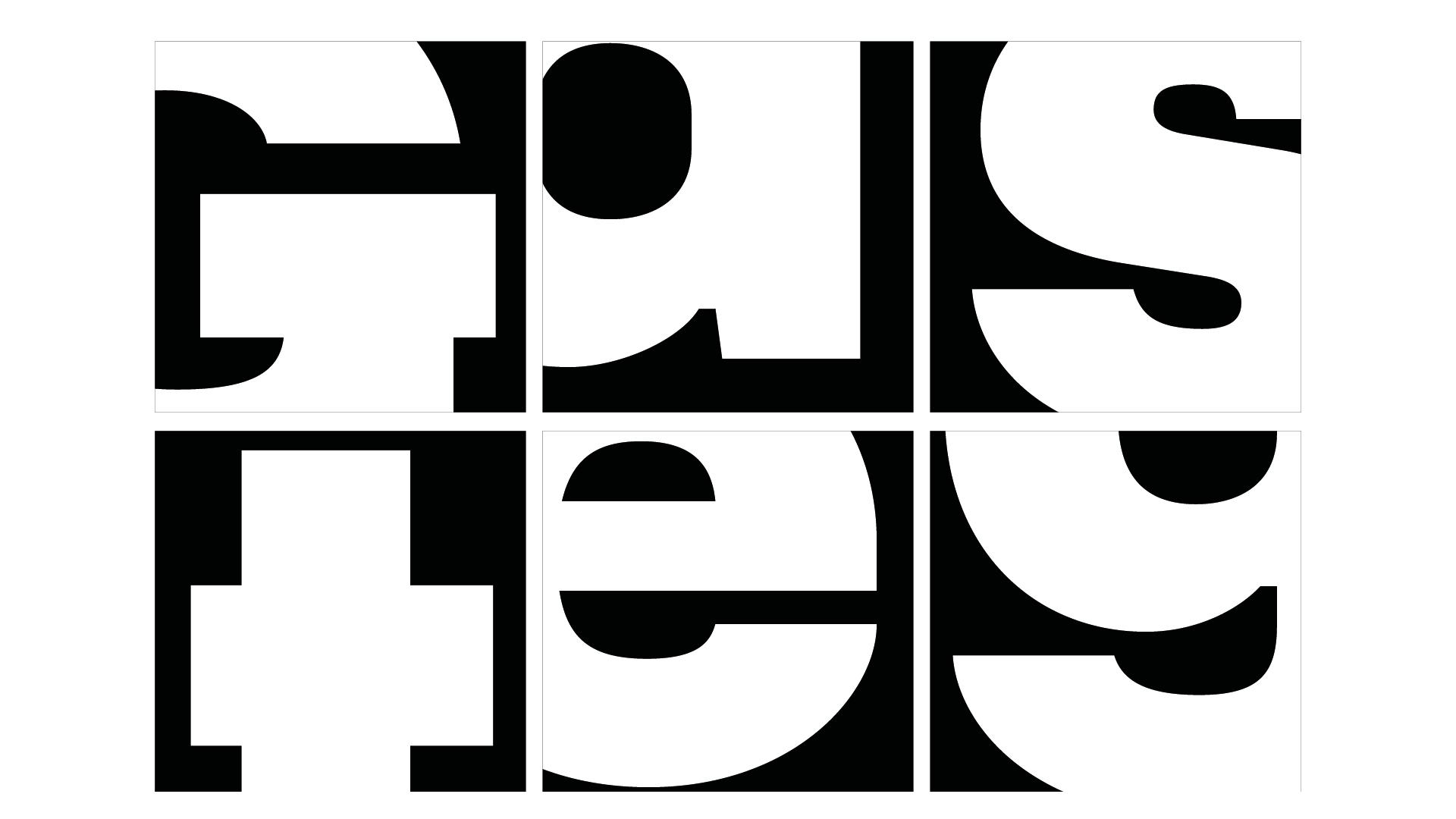
Concept 03: more technological, between geometric and grotesque. Small ink traps appear at intersections, producing a more technical look. Dots and commas take oval shapes. In small sizes, these details are hardly noticeable, but in titling they create a more engineered feel. Some capital letters saturate optically but are counterbalanced by more open alternates. Secondary slabs appear on letters like I and l, suggesting a “monospace” or slab-like flavor.
We knew the client required a Geometric typeface, and as with all concepts, I like to create a spectrum of personality. From a sober, classic geometric, with ties to historic sources, to a quirkier, more dynamic geometric sans, with fewer to no ties to history. This allowed the client to pinpoint exactly how expressive they want their typeface to be.
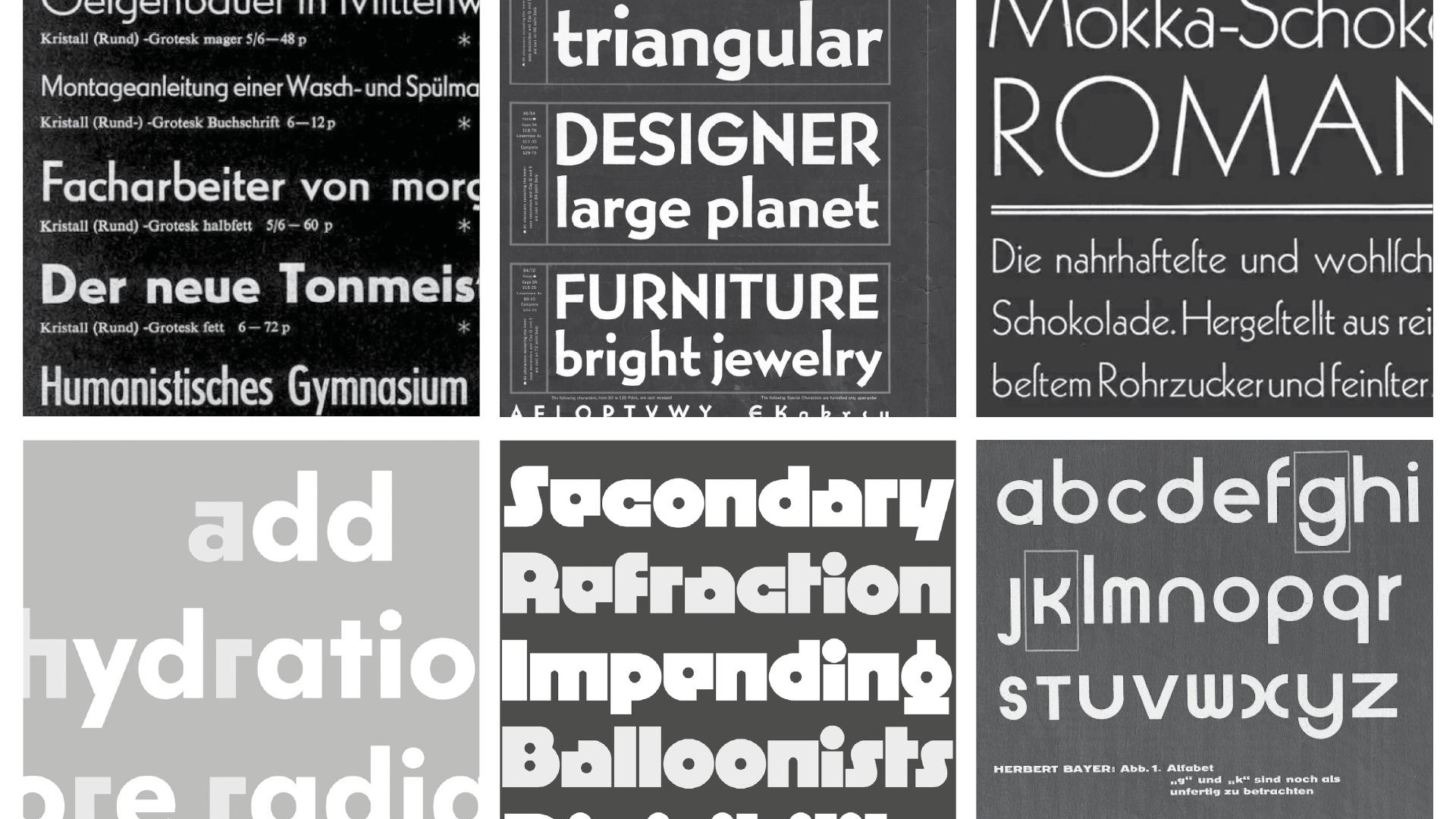
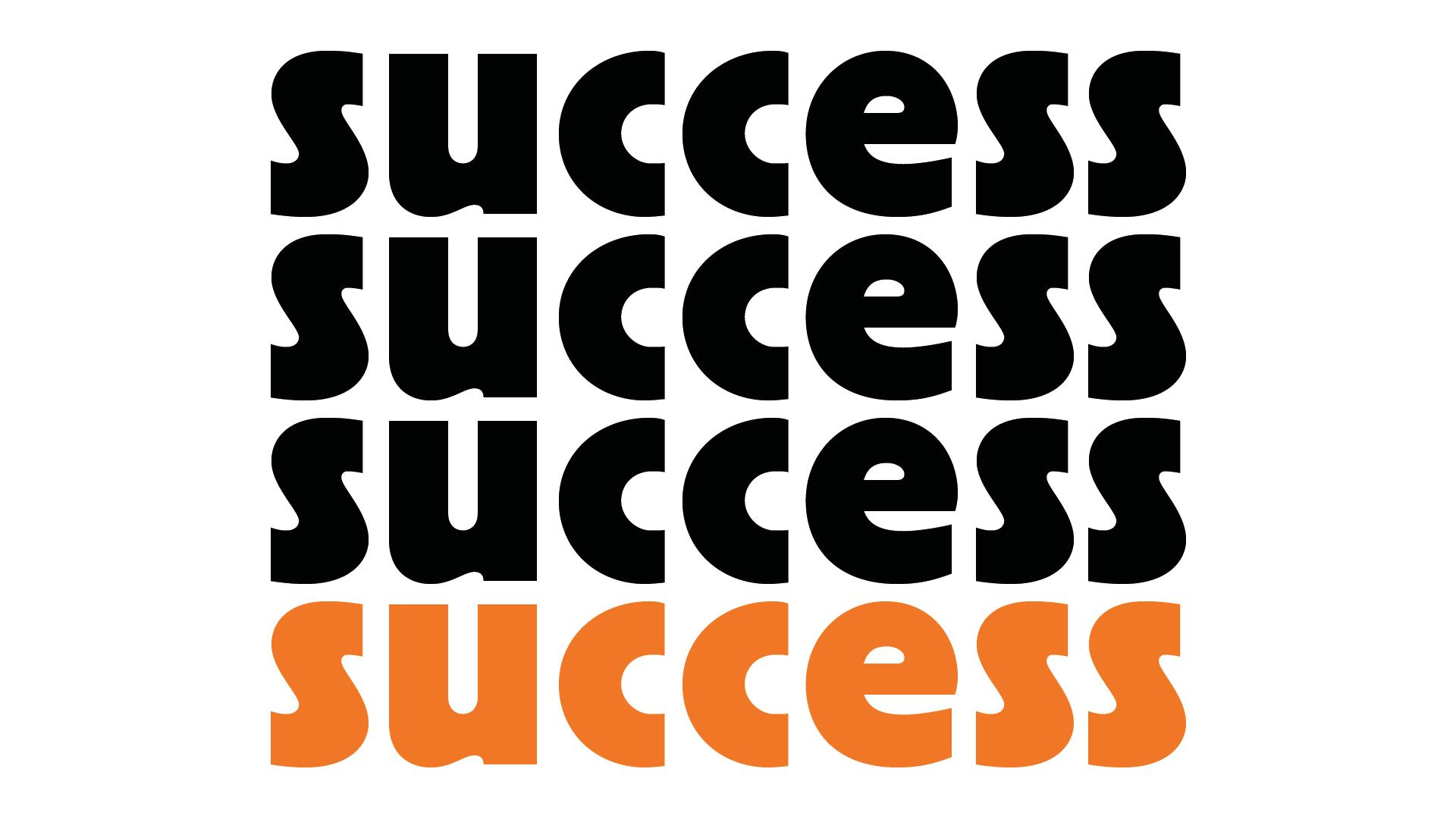
Concept 04: more radical, mixing sharp edges and soft curves in a dynamic, contemporary register. It recalls Herbert Bayer and the Bauhaus, but also later experiments such as Neville Brody’s Blur. Junctions are not trapped but blended, as if blurred then sharpened again. In titling, this concept gains impact. Lowercase g and s propose variants ranging from early 20th-century German tradition to more open, modern proportions.
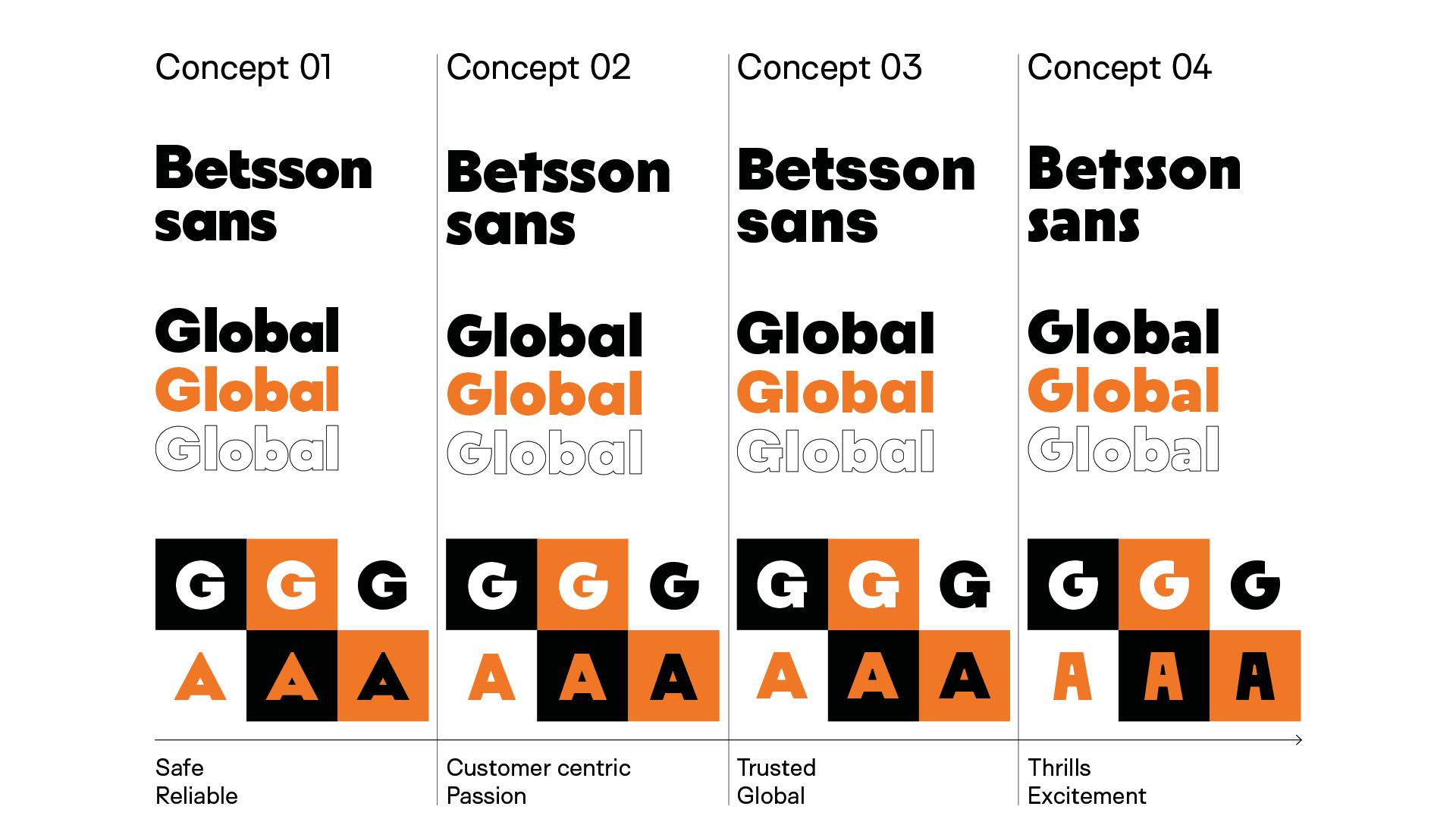
From this shared skeleton, Blaze Type built a palette of possibilities: Concept 01 embodied stability, Concept 02 added humanist warmth, Concept 03 strengthened technical character, and Concept 04 ventured into bold experimentation.
Intermediate development — asserting personality

Although early documents mentioned Concept 2, Fred Wiltshire clarifies: “As mentioned previously, we gave Betsson a range of possibilities, and the third concept hit the right balance of usable and legible, but with enough personality to make it their own. The original concept had sharp corners and joints, with the semi slab being the core feature. It was actually Betsson that suggested the softer edges, and I couldn’t agree more with that choice. It created a friendlier and more ownable typeface, with closer ties to the brand.”

The character set was enriched with numerous features, allowing tonal adjustment across contexts. “It was a back and forth with the client, offering them different designs for various letters, and finding a right balance with the slabs. Originally I was overdoing it, including it across too many letters, systemless and busy. But the design of the k and the y resonated with everyone, so we landed on only having slabs on the diagonals and sticking to that system. A few alternates remain from this process, such as the b, q, 1 and 8, giving the client a few extra options.”
This strategy gave Betsson Sans rare flexibility: it could remain neutral and functional in text, or activate its stronger variants for slogans and digital environments.
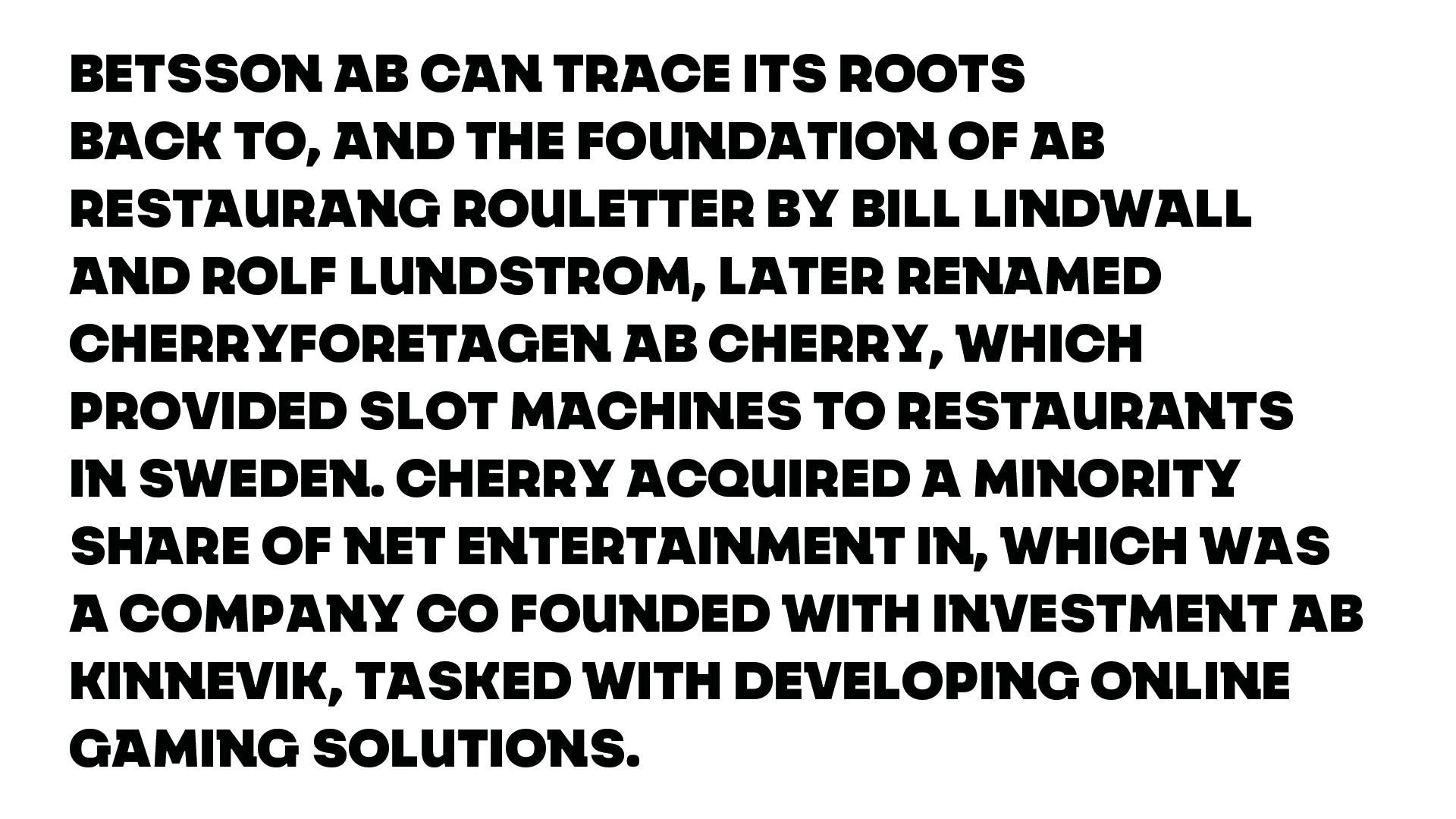
Advanced development — from prototype to family
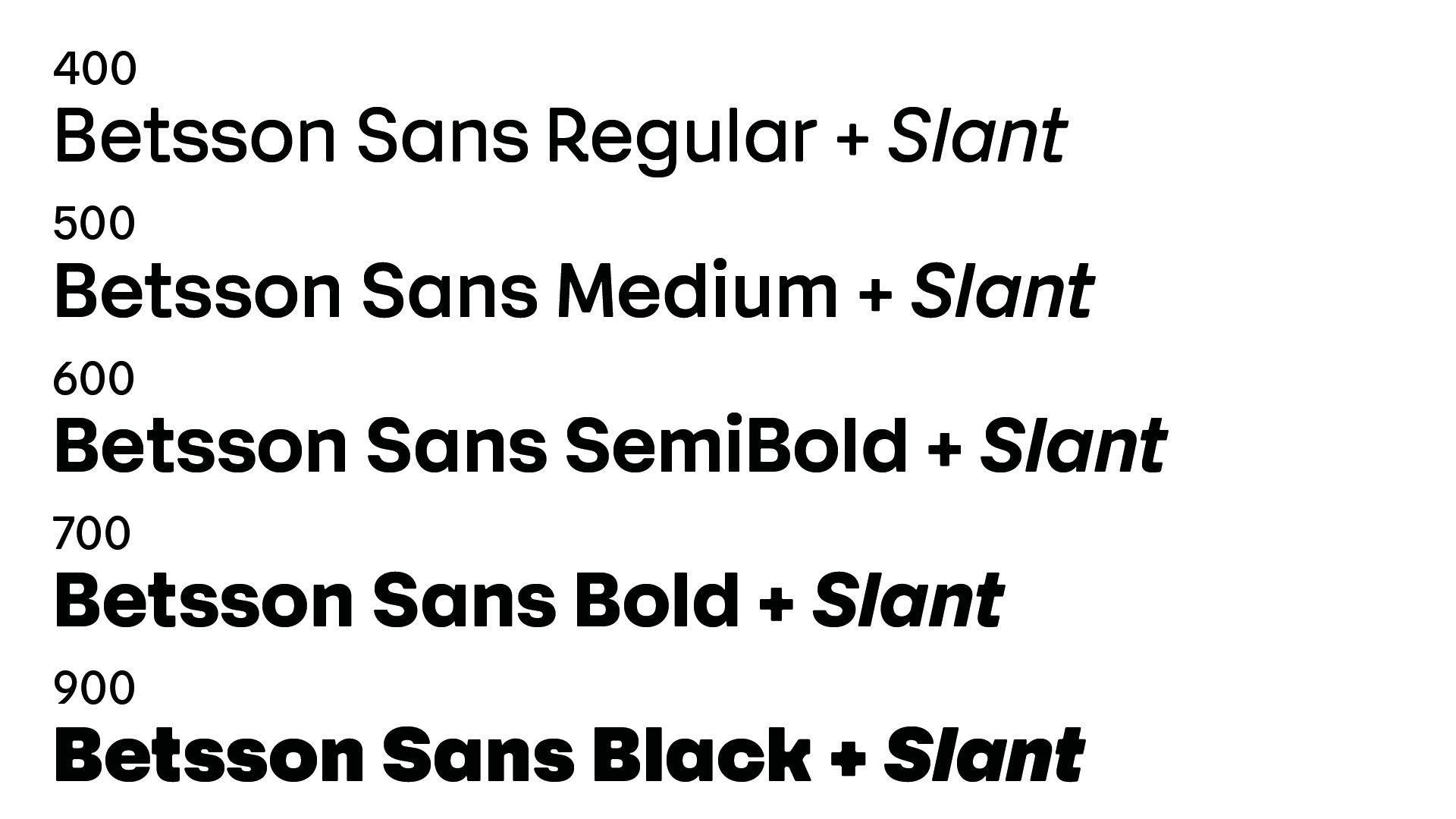
At this stage, the project expanded. The typeface became a complete family, with five weights (Regular to Black), each declined in Slanted form at 12°. Fred notes: “It’s quite common to have a slanted for a sans serif rather than a true italic. This felt like the right choice for the client, and far easier to make it into a variable typeface, allowing the them to have a wide range of options of weight and slant.”
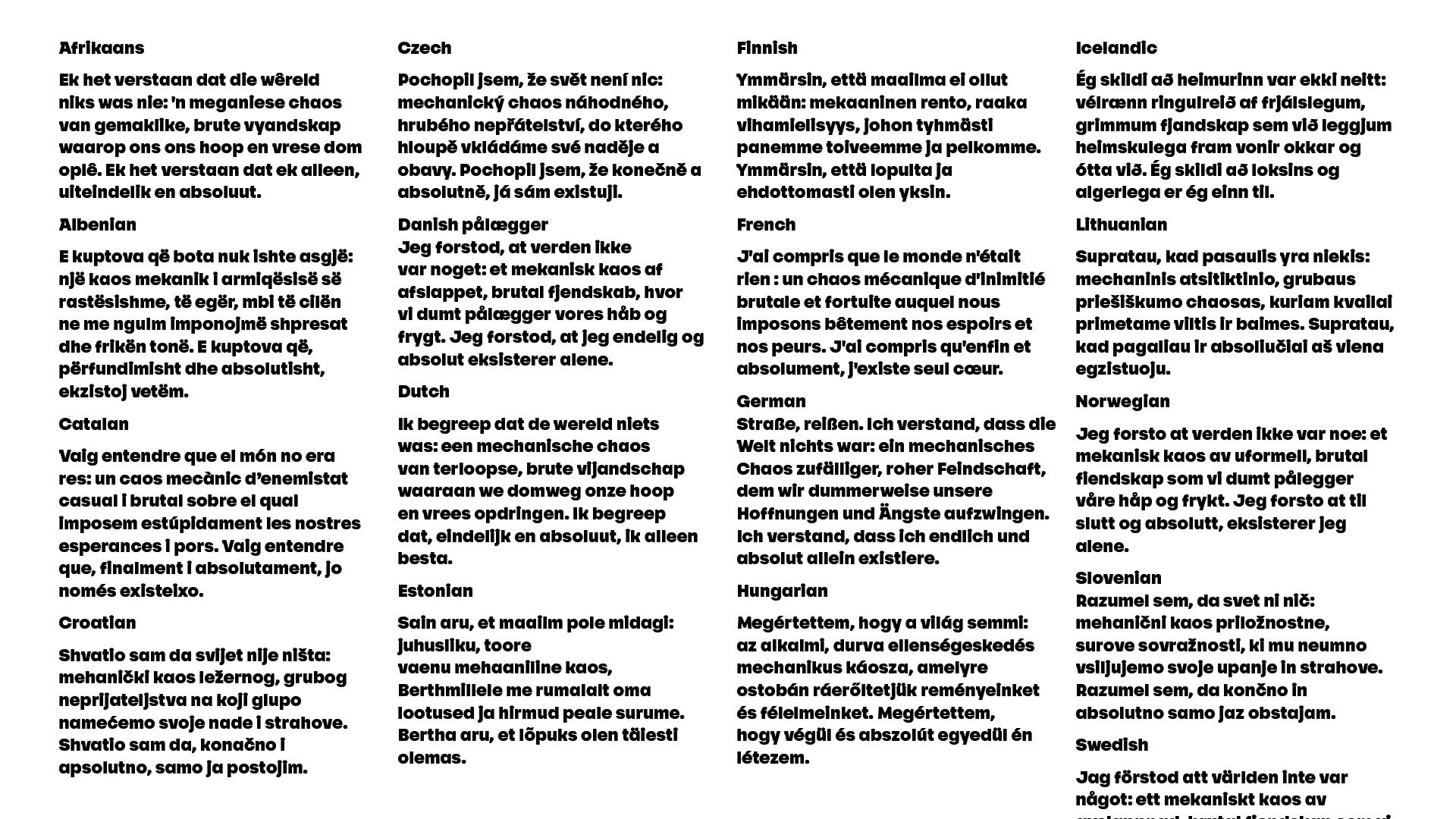
The family also expanded internationally: first extended Latin, then Cyrillic, Greek, and Georgian. “Georgian was the trickiest as I have never tackled that script before. I was enamoured when I found out I had the opportunity to do so. Luckily I am good friends with a very talented Georgian type designer, Ana Sanikidze, who helped me through the process. Ensuring a cohesive design between Latin and Georgian without one influencing the other.”
Final presentation — a global typographic system
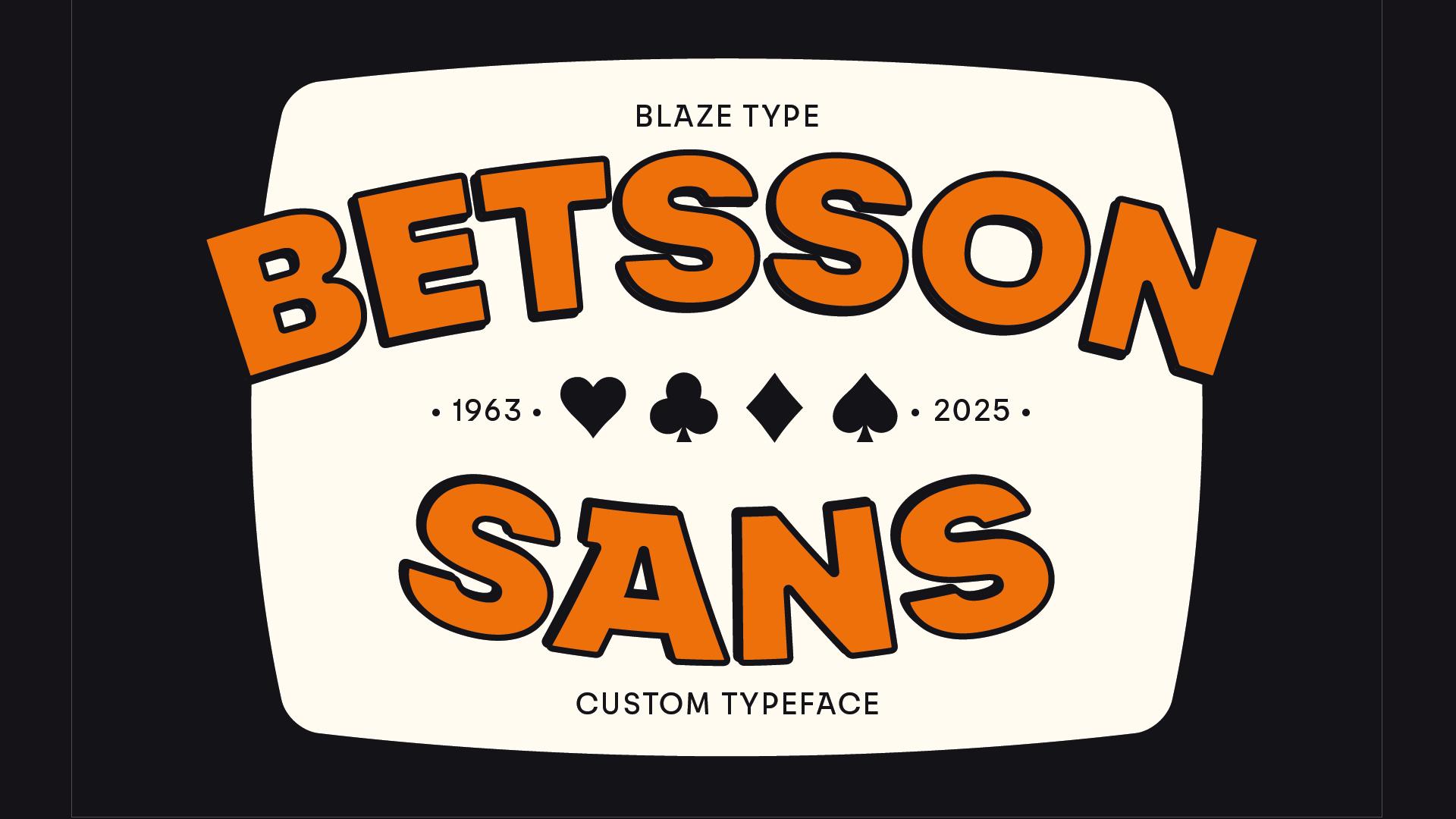
In the final stage, the typeface was refined again to harmonize the whole family, now composed of ten fonts: Regular, Medium, SemiBold, Bold, Black, and their Slanted counterparts.
Beyond weights, script coverage was consolidated: extended Latin, Cyrillic, Greek, and Georgian — a significant milestone, and likely a first for Blaze Type at this scale.
Fred acknowledges: “I’m not sure how much involvement Matthieu had with the Betsson team and the redesign. For me, I was shown the general direction they were going in, and a set of key words that would help shape the typeface.”
The final presentation, designed as a tool for agencies and design partners, highlighted the typeface’s modern simplicity and graphic strength, supported by a reduced palette (off-white, vivid orange, deep black), beveled cartouches, and fine rules recalling a vaguely retro flavor, yet reinterpreted with precision.

Conclusion — typography as a brand engine
From first sketches to final boards, the journey of Betsson Sans reveals a process both collective and strategic. From a geometric skeleton, Blaze Type built a range of options allowing the client to choose the right degree of distinctiveness.
Fred sums it up well: “Creating a spectrum of personalities, from the most classic to the most expressive, allowed Betsson to identify exactly how much graphic identity they wanted.”
The expansion to ten styles and multiple scripts (extended Latin, Cyrillic, Greek, Georgian) inscribes the typeface in an international and durable logic, capable of supporting Betsson’s growth across markets. The final harmonization, the Slanted styles at 12°, and the meticulous details — from single-storey a and g to the spurred G and boxy counters — testify to a constant search for balance between functional legibility and brand affirmation.
In the end, Betsson Sans stands as a custom typographic system, both sober and expressive, industrial yet warm. It offers designers and agencies a complete toolbox, where the rigor of the grid combines with the flexibility of alternates. A further proof that, at the heart of contemporary branding, typography is not a mere ornament, but indeed the engine of a visual identity.
